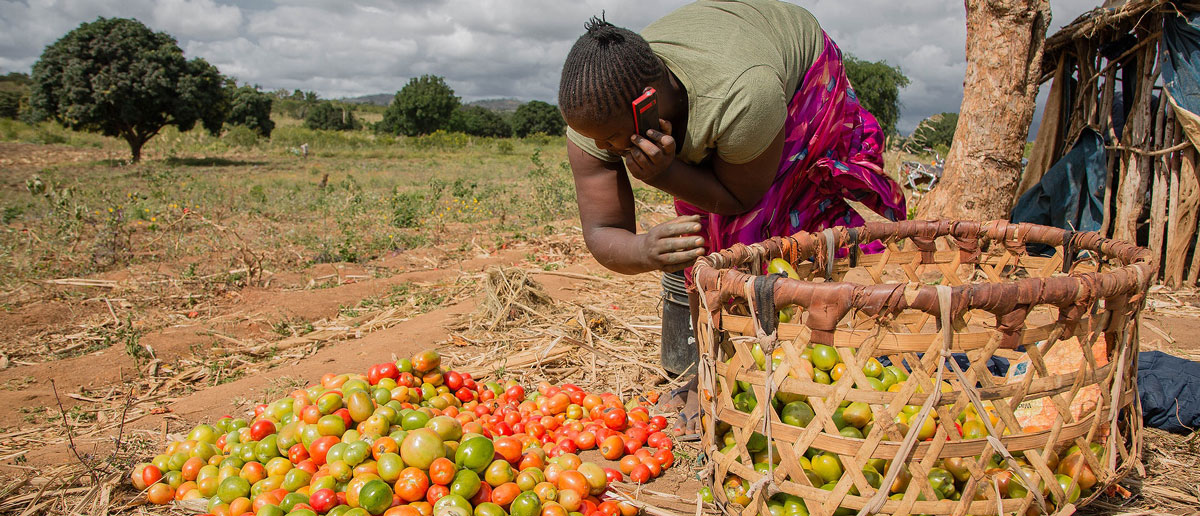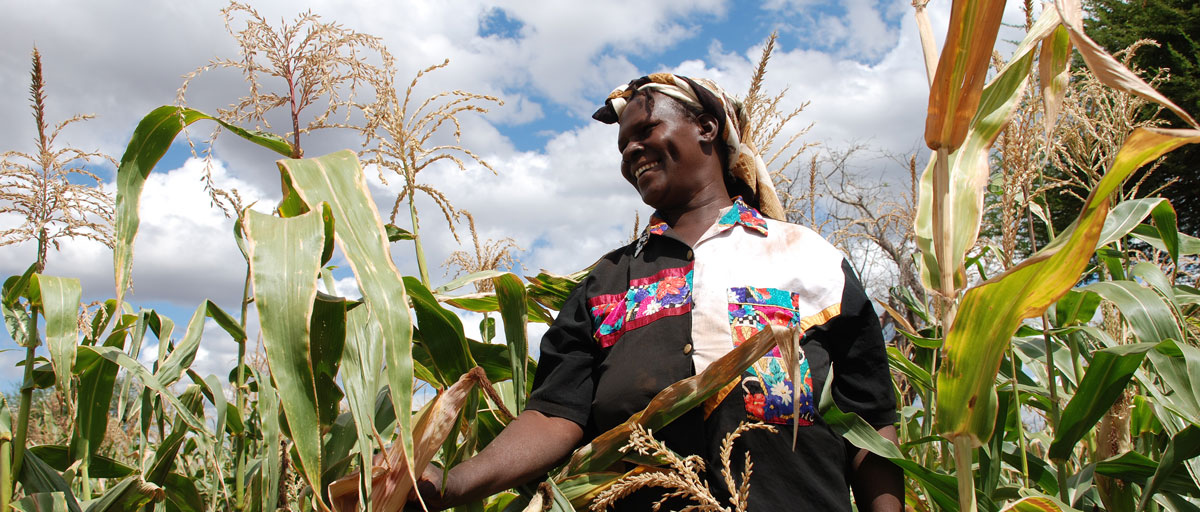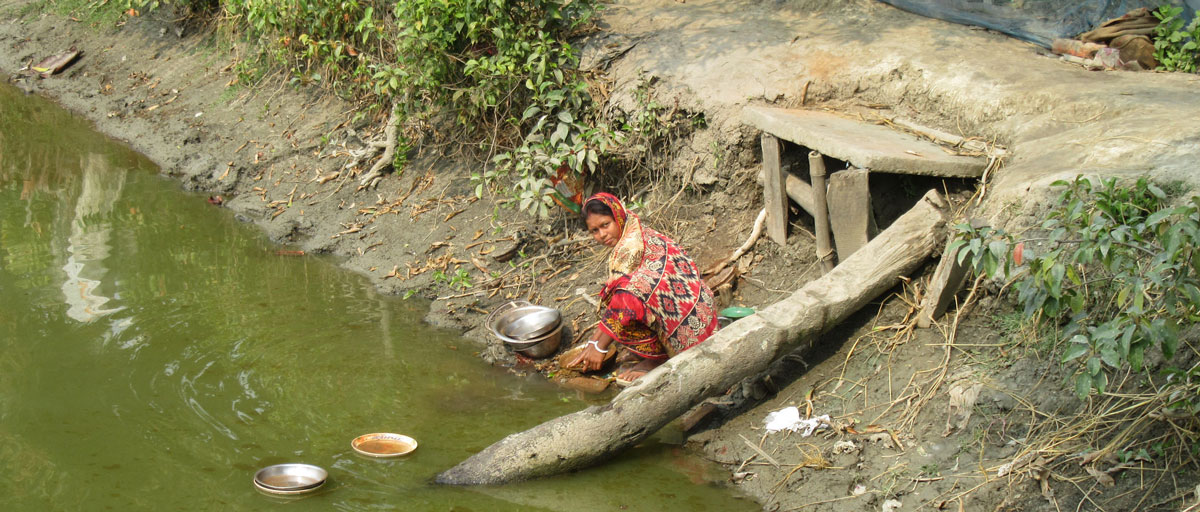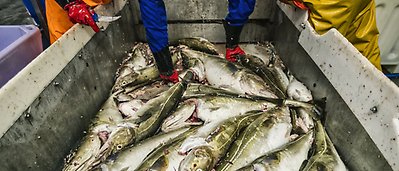Bildtext får vara max två rader text. Hela texten ska högerjusteras om den bara ska innehålla fotobyline! Photo: B. Christensen/Azote
POVERTY ALLEVIATION
Dealing with rural poverty and the persistent hunger challenge
- Poverty and soil dynamics are deeply interlinked
- They jointly determine the ability to meet food security goals in rural areas
- The sequences of interventions affects effectiveness of poverty interventions
A blanket solution for persistent poverty does not exist. Researchers present three insights for action
NO SINGLE STRATEGY: Eradicating hunger goes hand in hand with alleviating global poverty, and depends on soil health
Agricultural interventions are commonly used for alleviating poverty in developing countries, particularly in rural areas where many of the world’s poorest people depend on their local ecosystems for food production.
However, solving the hunger challenge requires a deeper understanding of how exactly these interventions should be devised.
In a paper recently published in Ecological Economics, centre authors Sonja Radosavljevic, Jamila Haider, Steven Lade and Maja Schlüter develop a series of models to investigate the influence of economic well-being, agricultural practices and the state of the biophysical environment on creating conditions for persistent poverty in rural areas.
They further assess the effectiveness of different development interventions on poverty alleviation.
We show how poverty and soil dynamics are deeply interlinked and jointly determine the ability to meet food security goals in rural areas.
Sonja Radosavljevic, lead author
Three insights for action
The authors combine neoclassical economic growth theory (in order to test and expand some its underlying assumptions), with ecological theories of nutrient cycling, together with empirical knowledge on intervention and development strategies.
Three main insights emerge from their analysis:
- agrochemical inputs can reinforce poverty by degrading soil quality
- diversifying energy sources is in some cases a pre-condition for the effective application of other strategies
- conservation tillage, a popular intervention aimed at decreasing water and nutrient loss through evaporation and erosion, should be complemented with a sequence of other interventions to be effective
The need for multiple strategies
The authors conclude that the dynamic nature of poverty-environment interactions means that a blanket solution for persistent poverty does not exist.
Interventions that only address one single aspect may lead to ineffective or unintended outcomes.
Understanding the local context by carefully assessing the socio-economic situations of households, existing agricultural practices, as well as biophysical conditions such as a soil quality, nutrient and water availability, is required in order to devise a tailored combination of interventions suited for a given context.
“As our models demonstrate, effective poverty alleviation is often best achieved by a planned sequence of interventions, rather than just one strategy”, the authors conclude.
Podcast: The role of food in the pandemic: food security, shocks and transformations
Methodology
The authors begin by constructing a dynamical system model of an agroecosystem prior to any agricultural intervention using systems of nonlinear ordinary differential equations. They then develop three models representing changes in the dynamics of the agroecosystem which result from agricultural interventions. The assumptions in the model are based on expert interviews and empirical evidence from literature on soil quality, nutrients, water, and economic aspects of poverty in arid areas. The reference model without any intervention is first analyzed, followed by an assessment of the effectiveness of different alleviation strategies and their combinations. The results and insights are then discussed in relation to other theoretical and empirical work.
Radosavljevic, S., Haider, L.J., Lade, S., Schlüter, M. 2020. Effective alleviation of rural poverty depends on the interplay between productivity, nutrients, water and soil quality. Ecological Economics Volume 169, March 2020, 106494
For more information about the publication, please contact lead author Sonja Radosavljevic.










